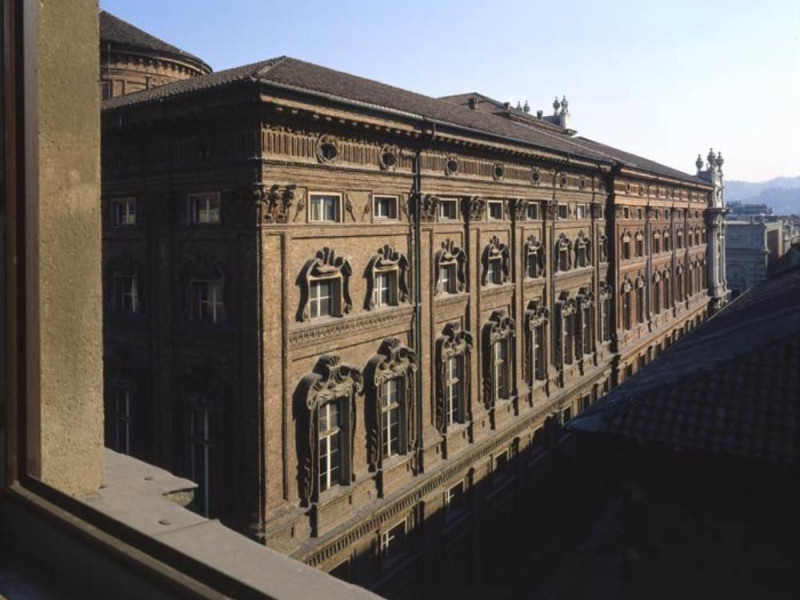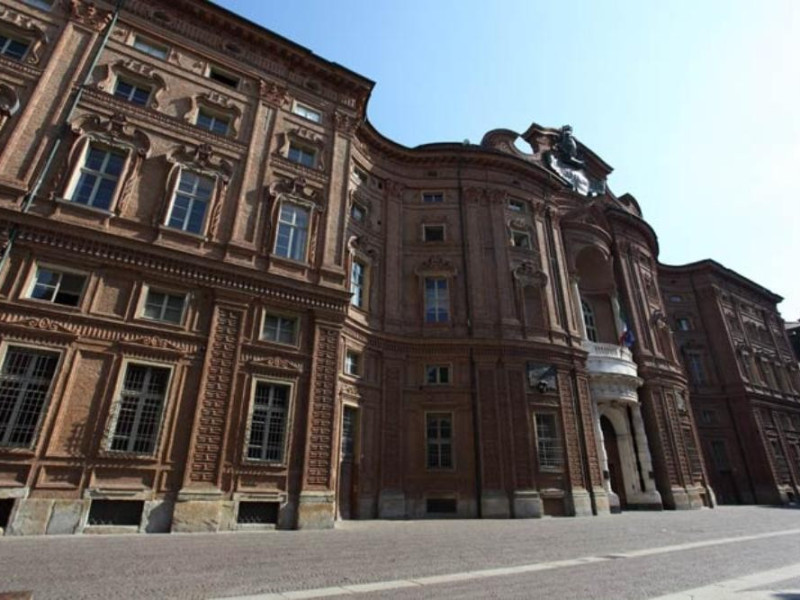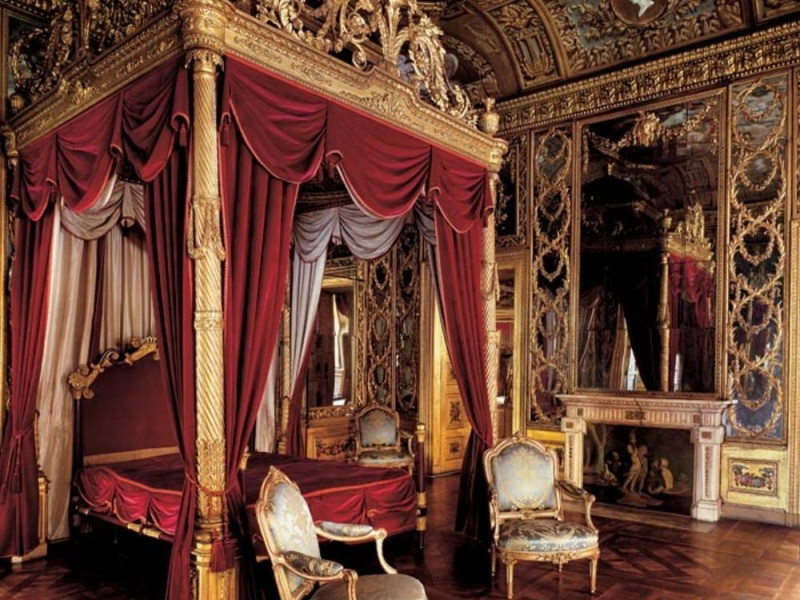Palazzo Carignano (Sito UNESCO)
The Palazzo Carignano is dedicated to the work of Emanuele Filiberto of Savoy-Carignano, designed by Guarino Guarini father teatino which began construction in 1679.'s One of the most beautiful and impressive buildings of the seventeenth century Italian, with sinuous facade cladding and simple brick, richly and originally worked. The building was built in the area used as stables by Prince Thomas, founder of the cadet branch of Savoy-Carignano, and originally had a C-shaped open gardens; the current quadrangular structure is due to the addition of the building constructed to host the nineteenth-century Italian Parliament, and ended in 1871, after moving the capital to Rome. The elliptical central hall located in the seventeenth century, already for the holidays, was transformed in 1848 in the courtroom of the First Subalpine Parliament. The palace houses the rooms of the main floor the National Museum of the Italian Risorgimento and the ground floor the Superintendence for the Historical, Artistic and Ethno-anthropological Heritage of Piedmont.
Reopened to the public, thanks to the support of Compagnia di San Paolo, in 2011 with an exhibition dedicated to Stefano Maria Legnani, the talented painter who between late seventeenth and early eighteenth-century has decorated the interior, after half a century is now usable with a stable path to visit the apartment of the South, also known as the Principles. It is a course designed 'in the making', that is intended to broaden and enrich themselves as the investigations initiated by the Superintendent, with the help of external scholars also will increase the level of knowledge on the building, on the events and characters that have lived.





